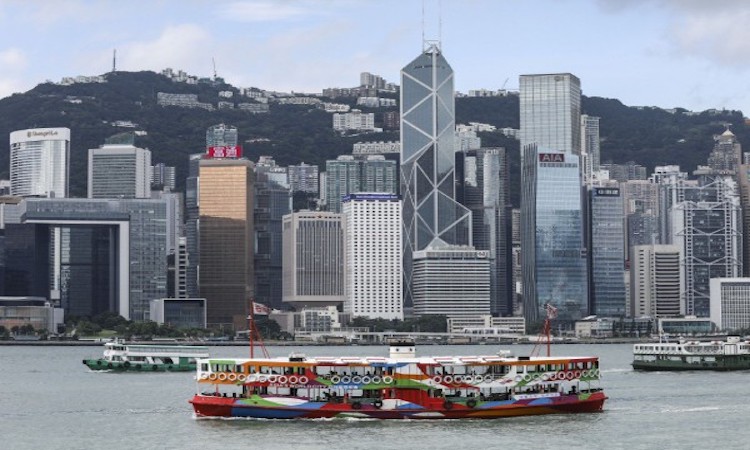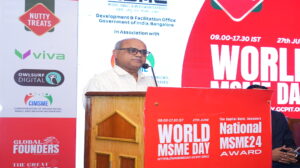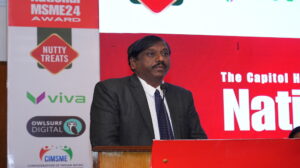Hong Kong tops Singapore, Tokyo and Seoul in global business survey – but not in a good way

Hong Kong is the most expensive city in Asia for business travellers, a survey has found.
The overall cost of visiting the city jumped 1.4 per cent to US$515 (S$697) compared to last year, according to an annual report from management consultants ECA International.
Taking into account the cost of hotels, meals, drinks, laundry, taxi rides and other daily necessities, the city costs 4 per cent more than Tokyo, and 8 per cent more than Seoul, which are second and third on the list respectively.
But business travellers to Singapore will be better off, with a 2.3 per cent drop in costs to US$468 per day as the city state slipped to fourth in the rankings, a place lower than last year.
Still, Hong Kong is 35 per cent cheaper than the world’s most expensive location for business travellers, which is New York at US$799.
ECA regional director Lee Quane said hotel accommodation marked the biggest share of business travellers’ costs and accounted for more than half of the total.
“Hong Kong has always been one of the most expensive Asian locations to visit on business due to the combination of a high cost of goods and services, and expensive hotel prices,” he said.
To make matters worse, the continued strength of the Hong Kong dollar over the past year, which is pegged with the US dollar, means goods and services have been even more expensive.
The study analysed data from 400 locations in 195 countries, examining costs in 3-5 star hotel rooms, meals, laundry, alcoholic and soft drinks, incidental costs and taxi journeys.
According to the Hong Kong Hotel Association, 2018 was a record year for the city’s hotel and hospitality sector. While room rates grew by 9 per cent to an average of HK$1,310 (S$226) per night, occupancy hit 92.05 per cent, compared with 90.74 per cent in 2017.

The Hong Kong Tourism Board’s latest statistics showed the number of business travellers who stayed overnight in the city dipped 0.3 per cent last year to 3.9 million, as air travellers from mainland China chose to skip Hong Kong and fly directly to other regions.
The 3.1 per cent decline in mainland air traveller numbers offset the 2.8 per cent jump in non-mainland markets.






